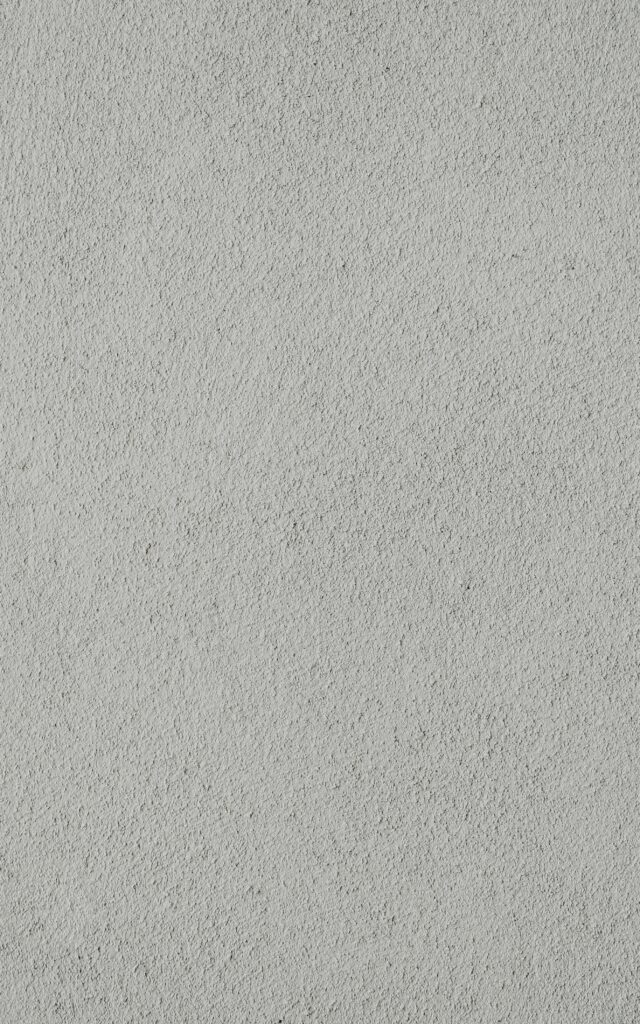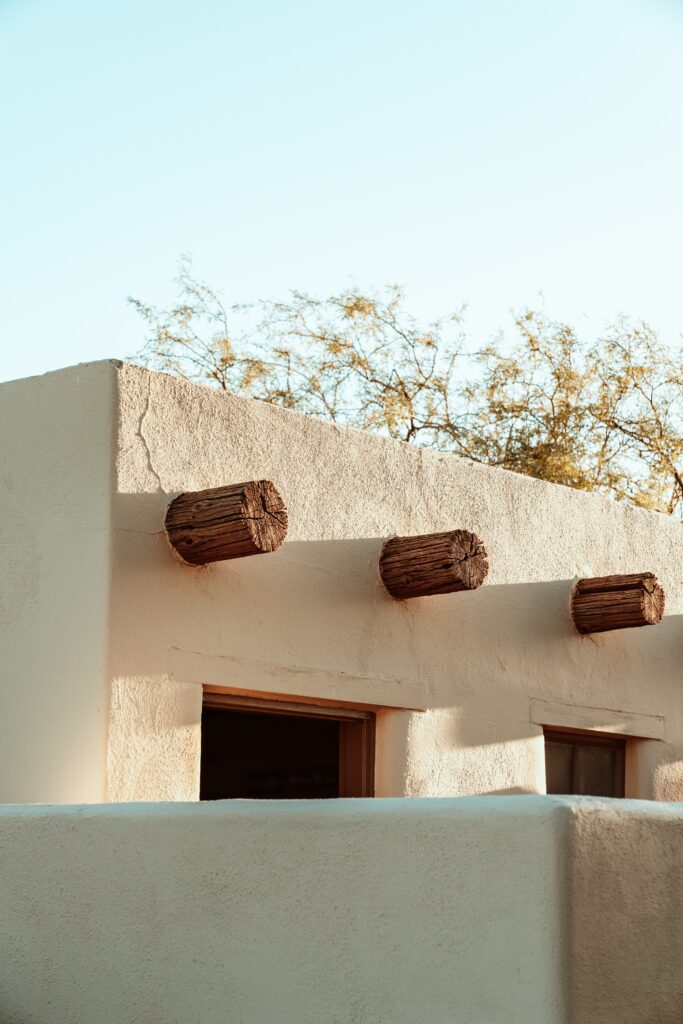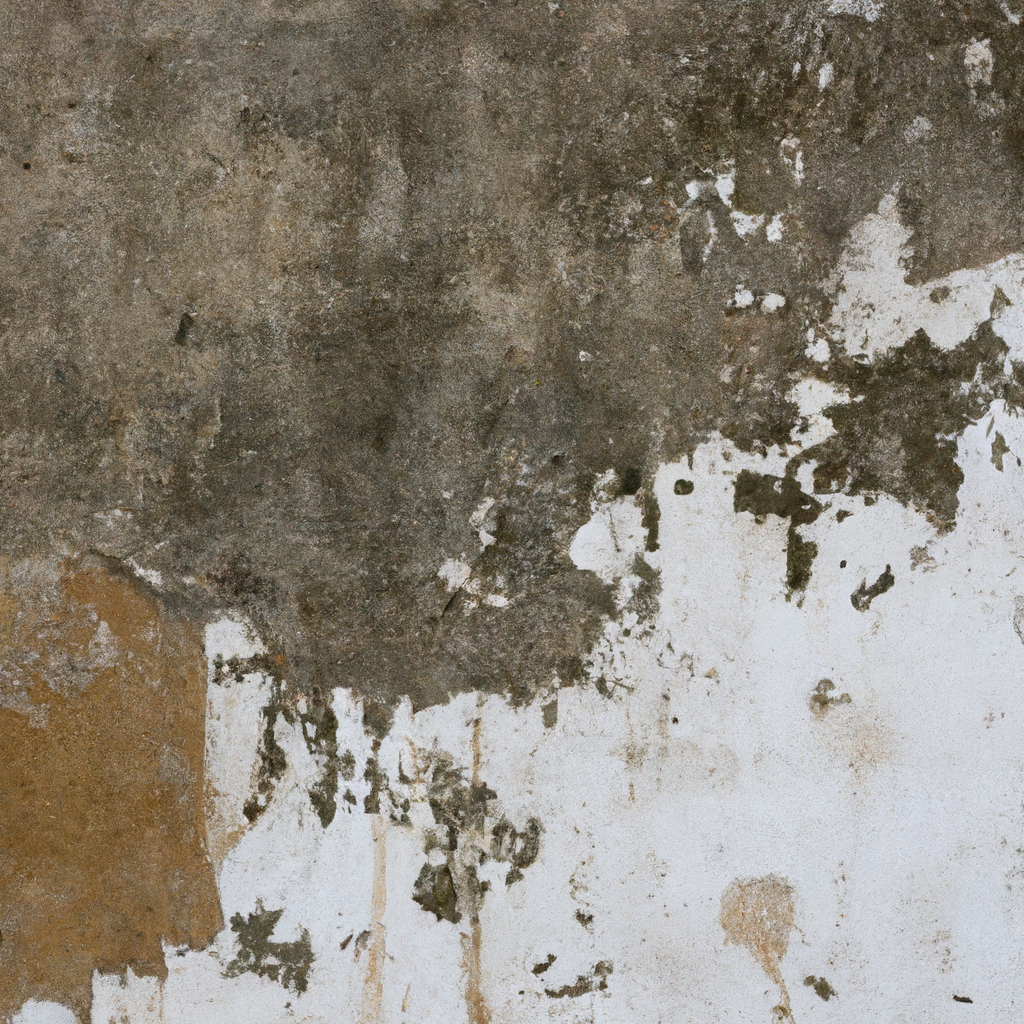Now here’s a fascinating idea that might catch your attention: stucco over old stucco. Yes, you read that right. In this article, we’ll explore the intriguing concept of applying new layers of stucco directly over existing stucco surfaces. Sounds unconventional, doesn’t it? But wait until you discover the benefits and possibilities this technique offers. So, sit tight and let’s embark on this journey together to uncover the wonders of stucco over old stucco!
Stucco Over Old Stucco: A Comprehensive Guide
Preparation
Before stuccoing over old stucco, it is important to thoroughly inspect the existing stucco to identify any potential issues or areas of damage. Look for cracks, chips, or loose stucco that may need repair. Once any necessary repairs have been made, the surface should be cleaned to remove any dirt, debris, or loose material. Finally, applying a bonding agent will help create a strong bond between the old and new stucco layers.
Materials and Tools
To tackle this stuccoing project, you will need a few essential materials and tools. These include new stucco mix, bonding agent, water, a trowel, a wire brush, masonry sand, and a stucco float. Make sure you have all these supplies ready before you begin the stuccoing process.

Process
Wetting the Existing Stucco
Start by wetting the existing stucco surface with water using a hose or a spray bottle. This will prevent the old stucco from absorbing the moisture from the new stucco mix too quickly, resulting in a weaker bond. Wetting the surface also helps to keep the stucco workability at a good level.
Preparing the Stucco Mix
Follow the manufacturer’s instructions to prepare the stucco mix. Typically, it involves adding water to the dry mix until you achieve a consistency similar to mashed potatoes. Mix the stucco thoroughly to ensure a uniform and smooth texture, free from any lumps.
Applying the Bonding Agent
Apply a bonding agent to the wetted surface of the old stucco. This agent will create a strong adhesive bond between the old and new layers of stucco. Use a brush or roller to evenly apply the bonding agent, making sure to cover the entire surface that will be stuccoed.
Applying the First Coat of Stucco
With your prepared stucco mix and trowel, apply the first coat of stucco directly onto the bonding agent. Use the trowel to spread the stucco evenly over the surface, making sure it adheres well to the existing stucco. Work in small sections to maintain control and ensure an even application.
Applying the Second Coat of Stucco
Allow the first coat of stucco to cure slightly before applying the second coat. This will typically take a few hours but can vary depending on weather conditions. Once the first coat has cured, apply the second coat using the same technique as the first coat, ensuring a smooth and even surface.
Finishing and Texturing
After the second coat of stucco has been applied, you can finish and texture the surface to achieve the desired look. Use a stucco float to create the desired texture, whether it be a smooth finish or a more textured appearance. Take your time and work section by section to achieve a consistent and visually appealing finish.
Tips and Considerations
Temperature and Weather Conditions
It is crucial to consider temperature and weather conditions when stuccoing over old stucco. Avoid applying stucco in extreme heat or cold, as it can affect the curing process and the quality of the bond. Ideally, the temperature should be between 50°F and 80°F for optimal results.
Working in Small Sections
To ensure proper control and an even finish, it is advisable to work in small sections when applying stucco. This allows you to focus on each area, ensuring consistency throughout the entire project. Working in small sections also prevents the stucco from drying too quickly, which can lead to a weaker bond.
Ensuring Proper Curing
Allow sufficient time for each coat of stucco to cure before applying the next layer or finishing the surface. Rushing the process can compromise the durability and overall quality of the stucco. Follow the manufacturer’s instructions for curing times, but also take into account variable factors such as temperature and humidity.
Choosing the Right Finish
Consider the desired aesthetic when choosing the finish for your stucco. Whether you prefer a smooth and sleek look or a more textured appearance, select the appropriate tools and techniques to achieve your desired outcome. Take into account the architectural style of your home and your personal preferences.
Hiring a Professional vs. DIY
Deciding whether to hire a professional or tackle the stucco project yourself is an important consideration. While DIY can be a cost-effective option, it requires time, skill, and attention to detail. Hiring a professional stucco contractor ensures expert craftsmanship and may save you time and potential headaches.

Advantages of Stuccoing Over Old Stucco
Cost-Effective Solution
Stuccoing over old stucco can be a cost-effective solution compared to completely removing and replacing the existing stucco. It allows you to rejuvenate the appearance of your home’s exterior without incurring the additional expenses associated with a full stucco replacement.
Enhanced Durability
Adding a new layer of stucco over the old can enhance the durability of your home’s exterior. The new stucco layer serves as an extra protective barrier against wear and tear, providing increased resistance to impact, weather conditions, and external damage.
Improved Insulation
Stucco acts as an excellent insulator, and stuccoing over old stucco can further improve your home’s insulation properties. The additional layer of stucco helps regulate indoor temperatures, keeping your home cooler in the summer and warmer in the winter.
Aesthetic Enhancement
Stuccoing over old stucco offers the opportunity to update and enhance the appearance of your home’s exterior. You can choose from a variety of finishes, textures, and colors to achieve a fresh and modern look that complements your personal style and boosts your home’s curb appeal.
Protection Against Moisture and Cracks
By stuccoing over old stucco, you add an extra layer of protection against moisture infiltration and the formation of cracks. The new stucco layer acts as a barrier, preventing water from seeping into the underlying structure and reducing the risk of structural damage.
Potential Challenges
Thickness and Weight
When stuccoing over old stucco, it is important to consider the added thickness and weight of the new layer. This can put additional stress on the underlying structure, so it is crucial to ensure that it can support the extra load.
Compatibility of Stucco Layers
Compatibility between the old and new layers of stucco is essential for a strong and durable bond. Ensure that the materials and techniques used are compatible to avoid any adhesion issues or separation between the layers over time.
Proper Adhesion
Achieving proper adhesion between the old and new stucco layers is crucial for the longevity of the stucco. Careful surface preparation, including cleaning and applying a bonding agent, is necessary to effectively bond the layers together.
Hidden Issues
Stuccoing over old stucco may hide potential underlying issues, such as hidden damage or structural problems. Prior to stuccoing, it is advisable to conduct a thorough inspection or consult with a professional to identify and address any hidden issues.

Alternative Options
Removing Old Stucco Completely
If the existing stucco is severely damaged or you prefer a fresh start, you may choose to completely remove the old stucco before applying a new layer. This option requires more time, effort, and resources but offers the advantage of a clean slate.
Applying a Stucco Overlay
Another alternative is applying a stucco overlay, which involves applying a thin layer of stucco directly onto the existing stucco. This option is suitable when the existing stucco is in relatively good condition and allows for some cosmetic enhancement without the need for complete removal.
Choosing Other Exterior Finishes
If stuccoing is not your preferred choice or if your home’s architectural style doesn’t lend itself well to stucco, there are various alternative exterior finishes available. Explore options such as siding, brick veneer, or stone cladding for a different aesthetic and texture.
Maintenance
Regular Inspections
Regularly inspect your stucco to identify any cracks, chips, or areas that may require repair. Promptly addressing any issues can prevent further damage and extend the lifespan of your stucco.
Cleaning
Clean your stucco periodically to remove dirt, dust, and debris. Use a mixture of mild detergent and water, a soft-bristle brush, and rinse thoroughly. Avoid using high-pressure washers, as they can damage the stucco surface.
Repairing Cracks and Damage
If you notice any cracks or damage to your stucco, repair them as soon as possible. This will prevent water infiltration and further structural damage. Consult a professional if you are unsure of the best repair method.
Repainting
Over time, your stucco may require repainting to freshen up its appearance. Choose a high-quality exterior paint specifically formulated for stucco surfaces. Prepare the stucco surface by cleaning and repairing any damage before applying the paint.

Conclusion
Stuccoing over old stucco can be a cost-effective and practical solution to enhance the durability, insulation, and aesthetic appeal of your home’s exterior. However, it is essential to inspect, repair, and prepare the existing stucco surface properly to ensure a strong bond between the old and new layers. By following the proper steps and considering the tips and considerations mentioned in this guide, you can successfully stucco over old stucco for a refreshed and beautiful home exterior.

